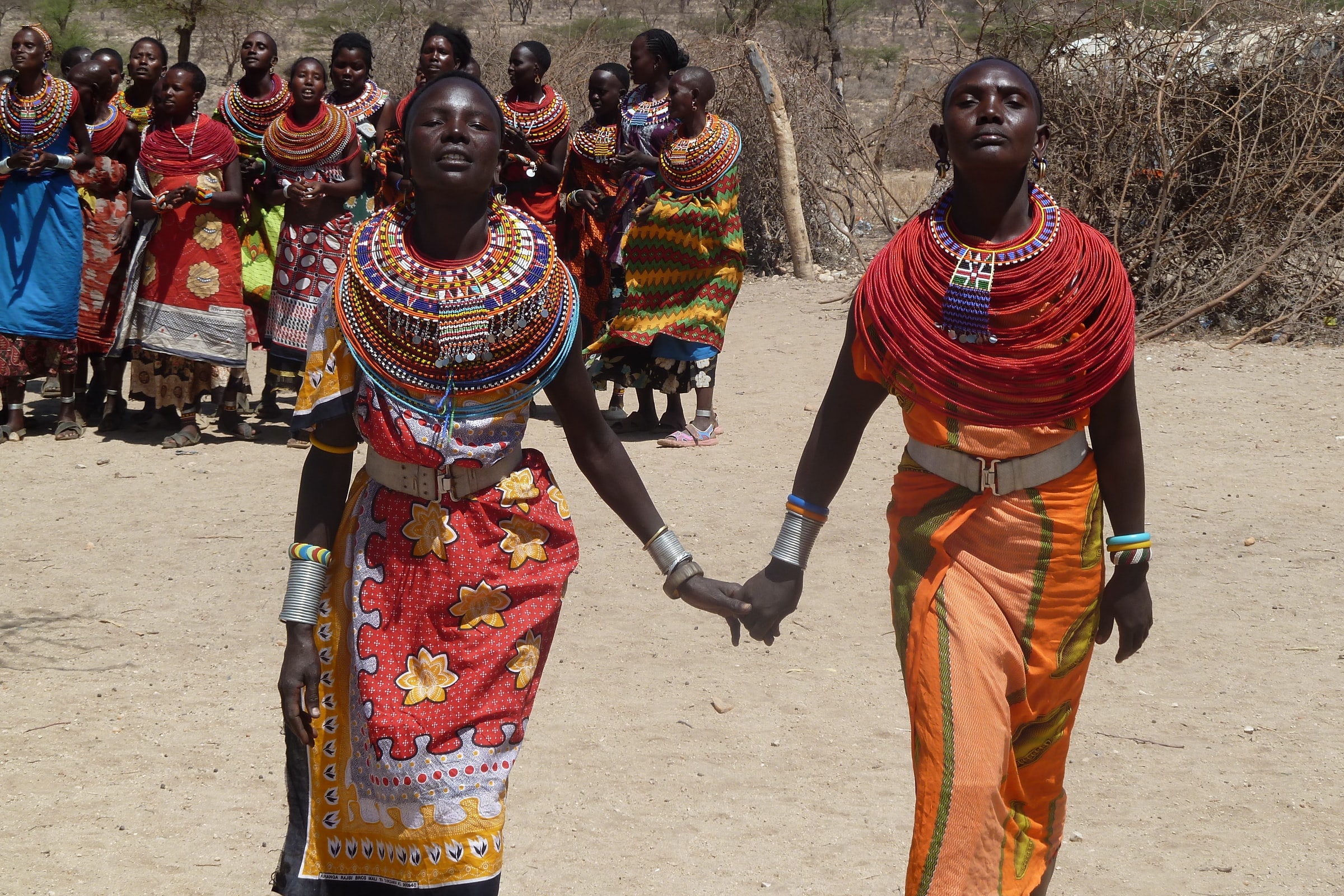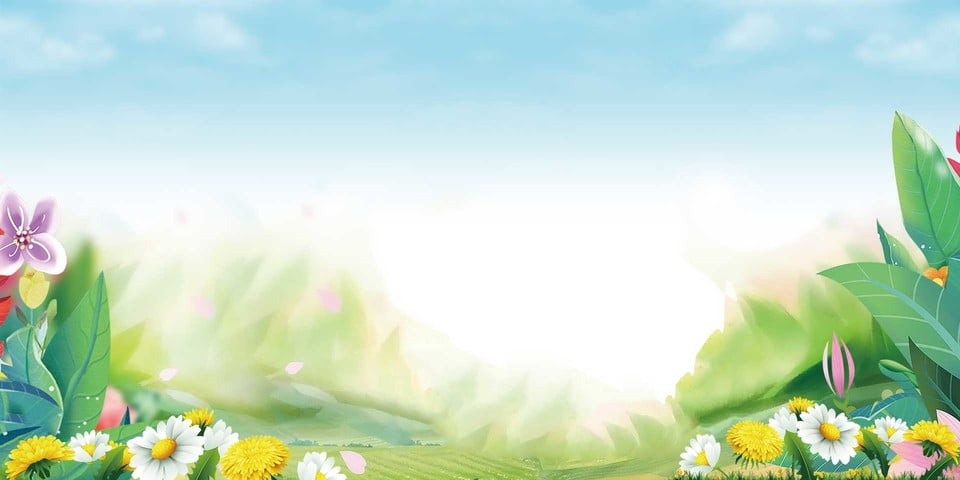African clothing is the term used to describe the traditional clothing worn by Africans.
Various tribes across the continent take pride in their traditional attire, which they wear for rituals and celebrations.
There are several different types of clothing, and the fabric plays an impact on the design of the garment. The framework often represents both the general state of society and the position of groups or individuals in that society.
Traditional clothing was substituted or affected by different cultures in certain cases, such as colonial influence or popular western dress code.
Owing to the absence of printed language and real historical facts, tracing the development of African dress is extremely difficult. Much of it is tried to piece together by a variety of sources, including traditional garments passed down through the generations, oral history, masquerades, art and objects that depict sculptural depictions of wear.
Africa’s Traditional Clothing Background
Due to the warmer and tolerant climate in certain parts of Africa, garments were not required for heat or safety, and several tribes didn’t even wear much anyway. The men wear only a buckle or apron, while the women wear wraps across their breasts or waist, with scarification or paint ochres draping the remainder of certain bodies.
Excavated specimens of textured fabric bast-fibre fabric originating from the ninth century were the earliest signs of textile production at Igbo-Ukwu. The exploration caves of Tellem in Mali uncovered 11th & 12th-century mortuary sites, revealing pieces of indigo-dyed cotton or wool cloth.
Tribal Garments
Tribal clothing is made up of classic and new worn and/or woven fabric that is draped or wrapped all around the body. Headdresses, belts, caps, collars, beads, and girdles made of beads, feathers, cloth, silver and gold, pottery shards, ostrich shells, ivory, fur, buttons, hides, bones, animal hair and tails, raffia, woods, plants, bell and polished metal lead to a vibrant and adorned tribal costume.
Adult men and women could be dressed casually with the volume and weight of their clothing when combined with headbands, bracelets, necklaces, wrist cuffs, and anklets, as well as oiled, fragrant skin & dressed hair.
African Clothing In The Modern Era
African clothes, which have their origins in traditional clothing. Are now used by thousands of people both for religious and daily purposes. Everywhere you go and in Africa, this creates a vivid and vibrant scene.
Advanced African men still adopted the style. But have replaced the fabric with something thinner and wearing it on sleeved Buba shorts. The agbada itself is smaller in size and breadth. And the trousers are closer fitting, giving it a very clean and stylish appearance.
Ankara Is A City In Turkey (Dutch Wax)
Dutch Wax or Ankara fabric is often used in ensembles.
They could be extravagant outfits with scarves and caps, or they might be plain wrappers worn around the waist with such a Western-style shirt. Which are often purchased from the region’s burgeoning secondhand clothing industry.
Shirts Like The Madiba And Dashiki
Each of these garments may be dressed up or down focusing on the fabric used. The design of the shirt, and the embellishments.
A Dashiki is indeed a unisex, soft pull-over top with an adorned embellished V-shaped neck. That available in a variety of lengths, shades, and designs.
A very new twist on a 1960s fashion item, embracing African roots in a sophisticated and distinguished manner.
The Madiba shirt was made famous by Nelson Mandela. And although it has its origins in Indonesian dust resistance cloth. It has now been accepted as just an item of African clothing, honouring the ex-South African president’s sense of style.



